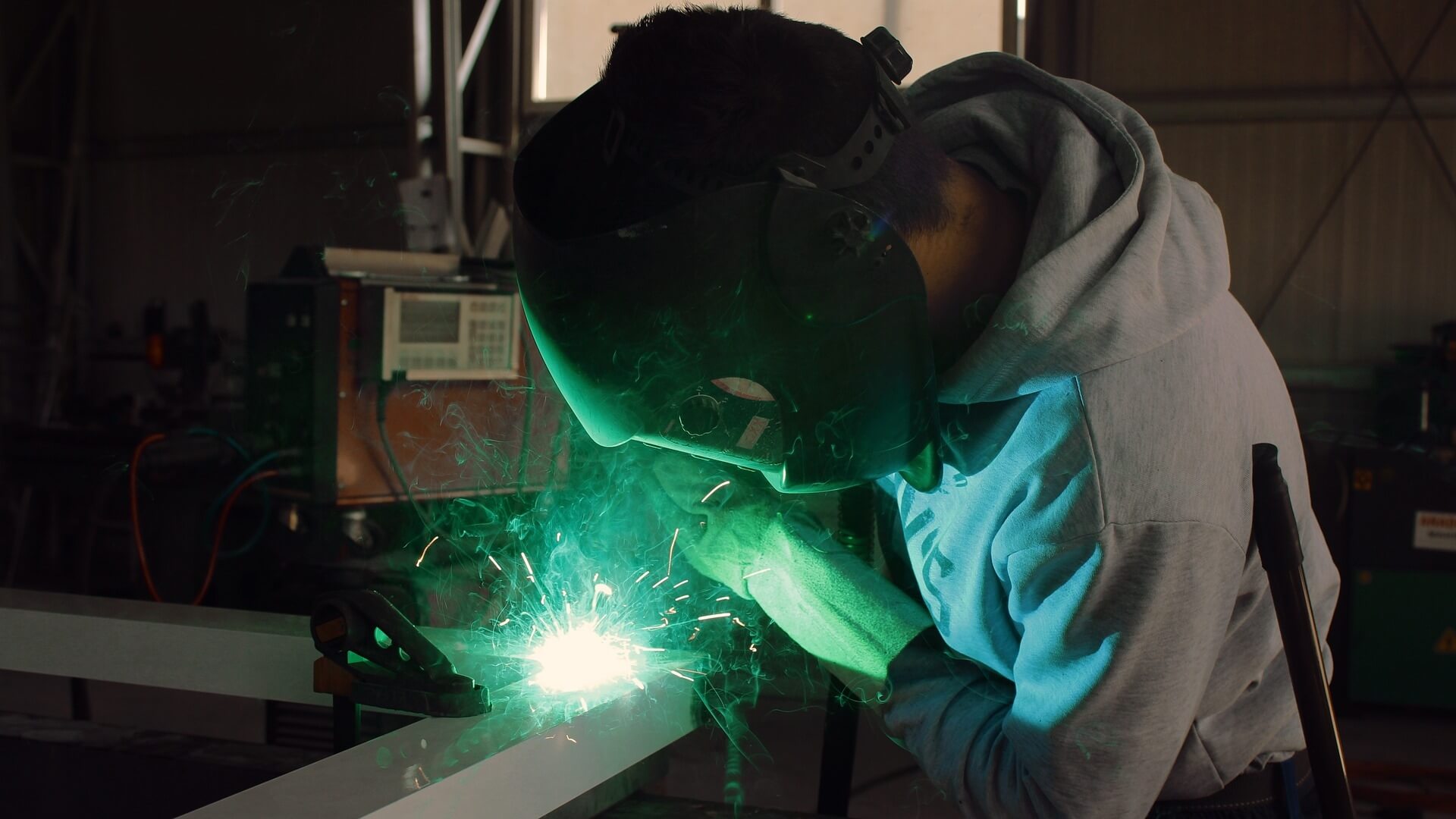There are a number of different materials that are used in industrial applications. Some materials have been used for many years. However, there are also a number of modern materials that are starting to be used in these applications. This article will discuss some modern materials that have great industrial applications!
Plastics
It may be familiar from way before, but this material has been used for ages and has achieved lots of advancements throughout time. Nowadays, industries are using plastic extrusions for a variety of applications in different sectors. Due to their diverse properties, plastics can be used for just about anything, from food containers and packaging to construction materials.
There are two main types of plastics: thermoplastics and thermosets. Thermoplastics can be melted and reformed multiple times, while thermosets will set after being heated once and cannot be remoulded. The type of plastic used depends on the specific application.
For example, polyethylene terephthalate (PET) is a thermoplastic that is used to make water bottles and food containers because it is lightweight and shatter-resistant. On the other hand, polycarbonate (PC) is a common type of thermoset plastic that is used in bullet-proofing material and eyeglass lenses because it is strong and durable.
In general, plastics are advantageous over other materials because they are easy and inexpensive to produce, they can be moulded into any shape, and they are lightweight yet strong.
Titanium
This material has been used for various applications in different industries, including aerospace, medicine, automotive, as well as chemical processing industry. It’s popular because of its high strength-to-weight ratio, resistance to corrosion, and ability to withstand extreme temperatures. It is strong yet lightweight, resistant to corrosion, and can withstand extreme temperatures.
Titanium is also used in sporting goods, such as golf clubs and bicycles, and in jewellery. It can be anodized to produce different colours, which makes it a popular choice for body piercings.
This metal is also used in many consumer products, such as laptops, mobile phones, and sunglasses.
Composite Metal Foams
Composite metal foams are used for various things. These are the following:
- Creating strong and lightweight materials for use in airplanes and other vehicles.
- Absorbing impact, making them great for protective gear.
- Filtering gasses and liquids.
- Cancer treatment
- Thermal insulation
Composite metal foams are made by combining a metal foam with another material. This can be done by physically mixing the two materials together, or by chemically bonding them. The most common composite metal foam is made by combining aluminium and silicon carbide.
These foams have a variety of benefits over traditional metal foams. They are stronger, lighter, and more durable. This allows them to be used in a variety of applications where metal foams would traditionally be used.
Carbon Concrete
This new material, carbon concrete, is made with a process that binds carbon dioxide gas into the concrete mix. The result is a stronger, more environmentally friendly product that can be used in a variety of industrial applications.
The carbon dioxide gas is captured and then injected into the wet concrete mix. This forms a chemical reaction that makes the carbon concrete up to 10 times stronger than traditional concrete. Additionally, carbon concrete is more resistant to extreme temperatures and weathering.
This new material has a wide range of potential uses, from infrastructure projects to the construction of commercial buildings. And because it is more environmentally friendly, carbon concrete could help reduce the carbon footprint of the construction industry.
Cellulose Nanofibers
Cellulose nanofibers are an emerging class of nanomaterials with a wide range of potential applications. These ultra-fine fibres are derived from cellulose, the most abundant natural polymer on Earth. These nanofibers boast many desirable properties, including high strength and stiffness, low density, biodegradability, and renewability. As a result, cellulose nanofibers are being studied for use in a variety of industries, including construction, automotive, and packaging.
Despite their promising potential, cellulose nanofibers have yet to be widely adopted due to several challenges. One of them is extracting cellulose nanofibers from plant biomass. This process is currently expensive and time-consuming. Additionally, cellulose nanofibers are often mixed with other plant-based materials, making them difficult to use in many industrial applications.
Platinum-gold Alloy
Using a platinum-gold alloy is a great way to get the benefits of both materials in one. Platinum is known for its durability and resistance to wear and tear, while gold is prized for its beauty and lustre. It can be worked like other metals, making them ideal for industrial applications.
When platinum-gold alloys are used in jewellery, they are usually mixed with other metals to create a unique look. They are also used in dentistry and medicine. For example, platinum-gold alloys are used to make artificial hip joints.
Manufacturing industries are always looking for the next great solution, and it seems they have found it in some modern materials that help them make better products for less money. All these mentioned have their own strengths and can be applied in a variety of industries. This makes them perfect for further exploration as they’ll probably face an even wider use in the future!

































